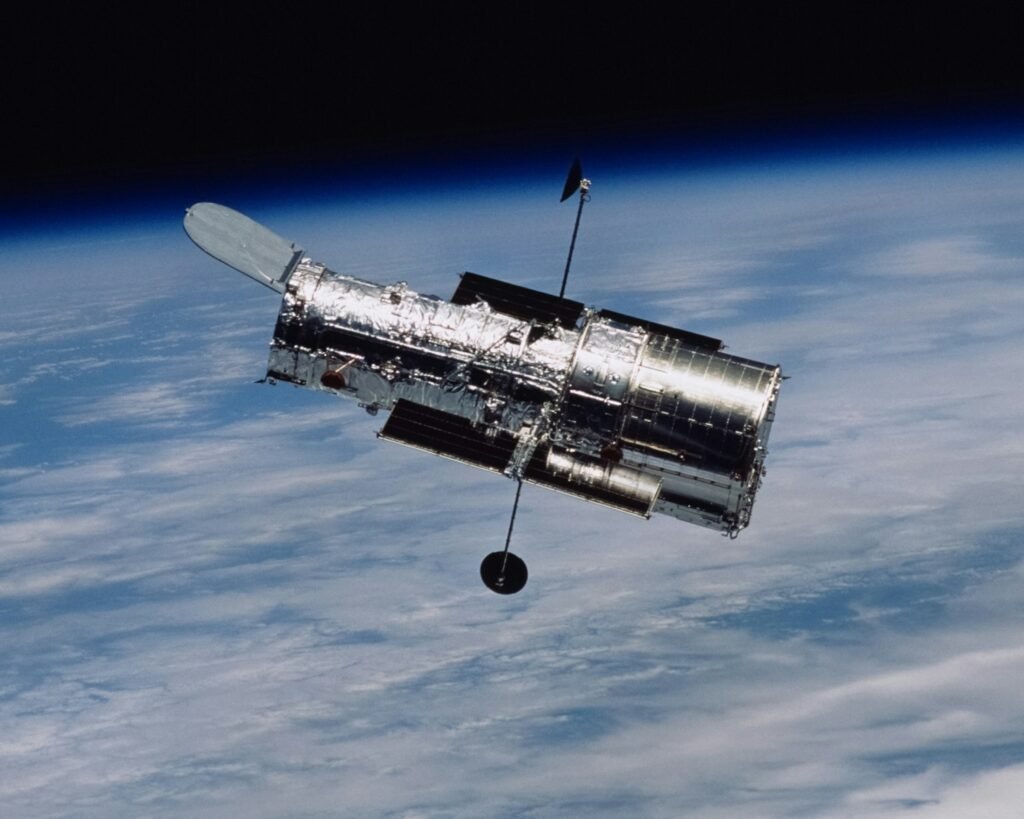Across ecosystems, certain roles keep the world stitched together, yet we rarely talk about them in ways that stick. Here’s a provocative mapping: imagine the zodiac elements as lenses on nature’s toughest jobs, from the grounded engineers that rebuild landscapes to the social flyers that keep plant life reproducing. This isn’t astrology-as-science; it’s storytelling with a purpose, a way to see patterns we often miss until the system falters. I thought of it on a smoky August morning, watching swallows flit over a river swollen by a new beaver dam, while headlines warned of failing harvests and empty pollinator habitats. If fresh metaphors can sharpen public attention, then calling Earth the builder and Air the pollinator might just help people remember what matters when budgets and patience are thin. The question is simple: does this framing illuminate the biology – or merely decorate it?
From Ancient Tools to Modern Science
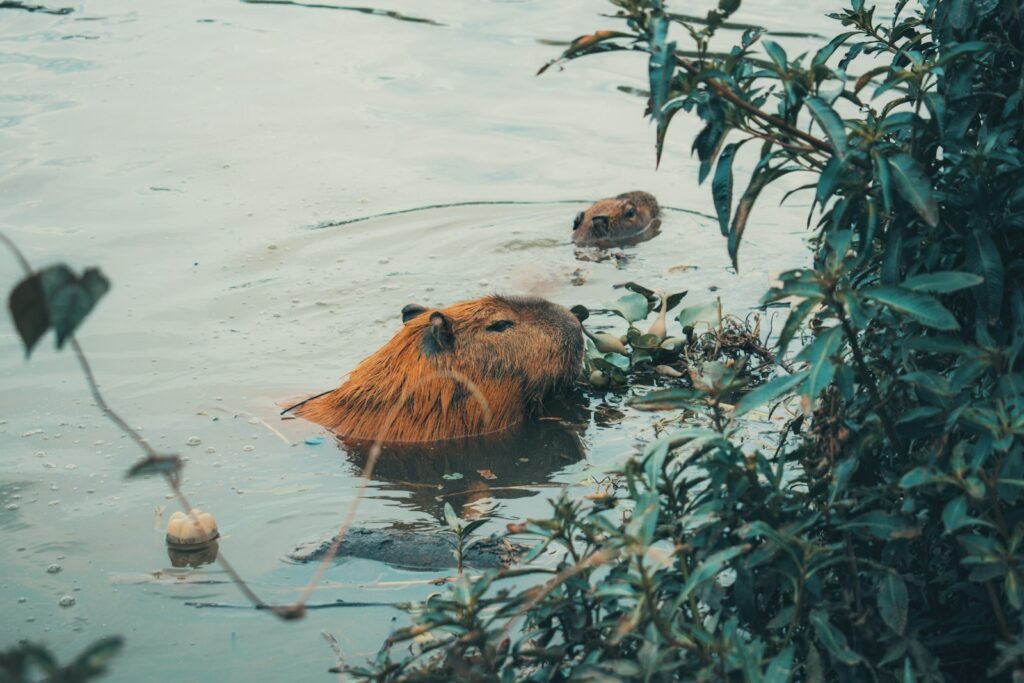
Human cultures have long used elemental archetypes to make sense of complex systems, and we still do it in labs today with models that turn messy reality into runnable code. As scientists caution, astrology itself lacks empirical support, but the elemental shorthand – earth, air, fire, water – can be a useful bridge between intuition and evidence when treated as metaphor. In conservation, translation is half the job: explaining how a beaver’s dam reshapes a valley or why a moth’s midnight commute props up a farmer’s morning. The trick is not to replace data with myth but to use familiar language to carry rigorous findings into public view. When I explain trophic cascades as the system’s “fire,” people stop nodding politely and start asking the right questions. We remember stories, and if the story is built on solid science, memory becomes a tool rather than a trap.
Grounded Builders: Earth Signs as Ecosystem Engineers
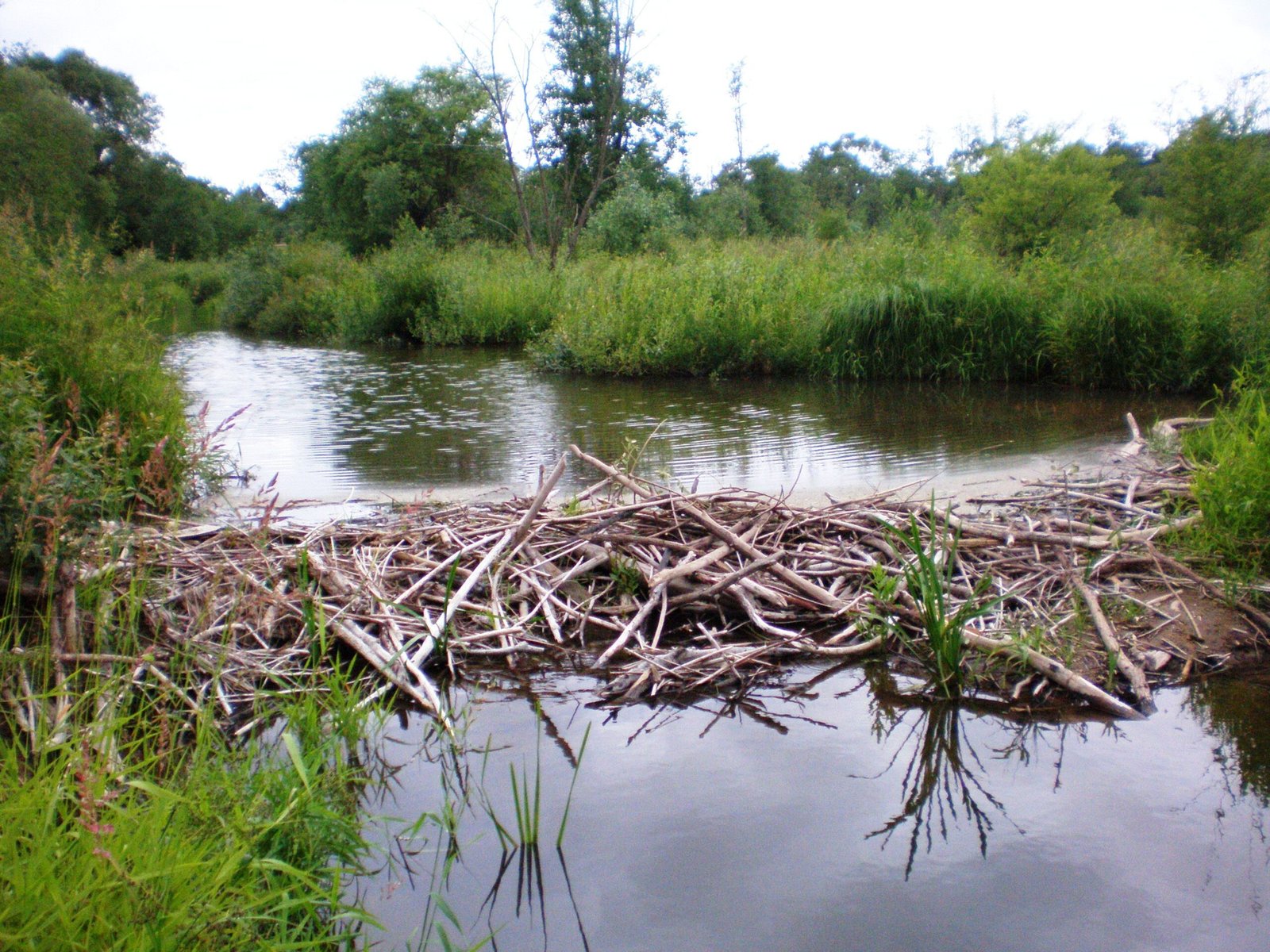
Some species literally build the stage on which others perform, earning the term ecosystem engineers. Beavers back water into floodplains, slowing floods, storing carbon in wet soils, and creating nurseries for fish and waterfowl that would otherwise lose out during drought. On savannas, elephants knock down and fertilize, opening sunlight to seedlings and routing nutrients through wide corridors that birds and insects use like highways. Prairie dogs and wombats aerate soils, turning hardpan into sponge, while corals lay limestone scaffolds that cradle entire reef cities. The common denominator is structure: change the shape of water, soil, or rock, and you change who can live there and how energy flows. When these builders disappear, biodiversity usually thins, and what remains must work harder against the grain of a landscape missing its anchors.
Social Flyers: Air Signs as Pollinators and Communicators
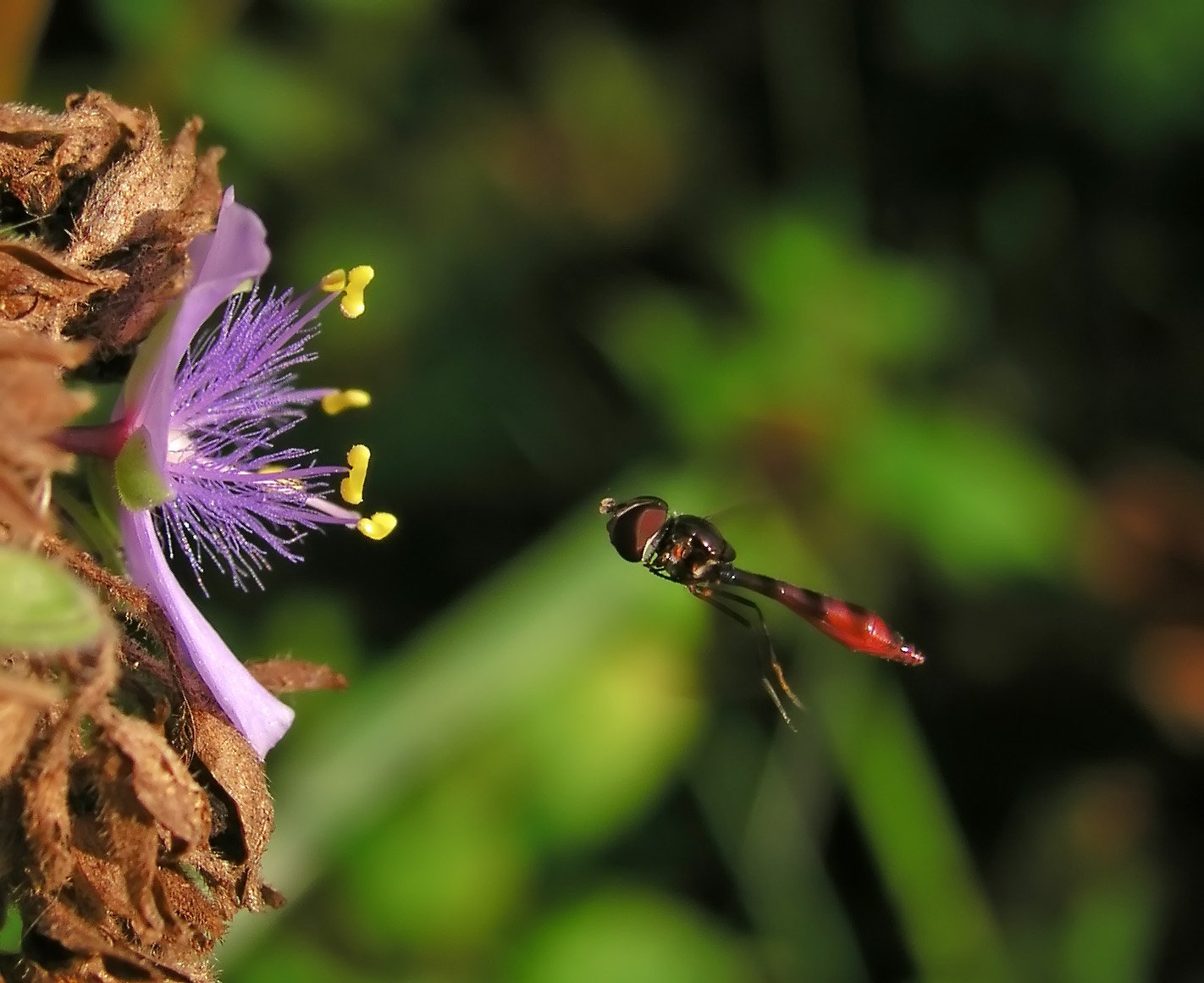
Call the air element the planet’s social network, the buzzing and fluttering medium that moves genes, signals, and seeds. Bees and their wild cousins, along with flies, butterflies, beetles, bats, and some birds, ferry pollen among flowers, underpinning roughly about one third of global crop production and supporting nearly three quarters of flowering plants in the wild. Migratory pollinators stitch continents together, linking highlands to coastlines the way trusted couriers connect distant labs. Scientists now use bioacoustics and radar to track these flyers at landscape scales, revealing rivers of movement invisible to casual observers. Where chemical pesticides and habitat loss cut these routes, fruit sets decline and food webs wobble, often quietly at first. Protecting hedgerows, night skies, and native plant patches can restore flight lanes faster than many realize, because the system was built to move.
Fiery Hunters: Predators and the Pulse of Heat
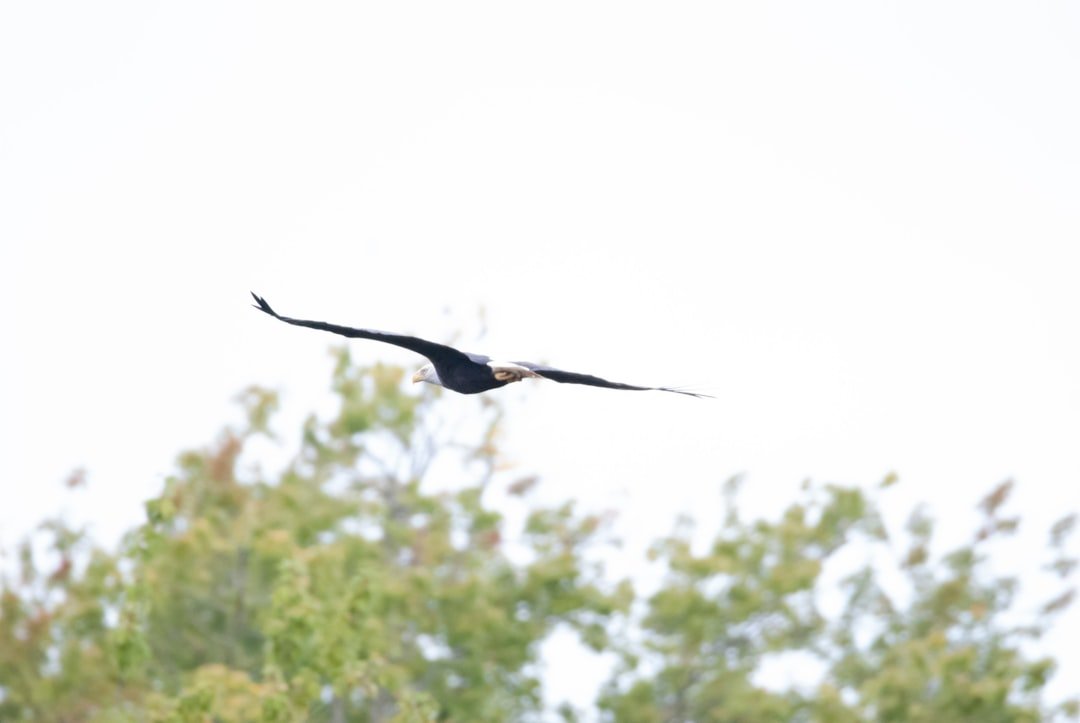
Fire evokes urgency and energy, and top predators bring that pulse to ecological balance by keeping herbivores wary and numbers in check. When wolves, big cats, sharks, or eagles hold the line, vegetation recovers, shoreline birds nest successfully, and mid-level predators do not run riot – classic trophic cascades that ripple through water and land. In fire-prone landscapes, grazers and browsers influenced by predators can reduce fuel loads and alter fire behavior, while predator declines can set the stage for hotter, more destructive burns through unchecked herbivory. Even subtle shifts in hunting pressure change where prey linger, redistributing nutrients like a moving weather front. These feedback loops can be quick, which is both hopeful and sobering: remove the hunters and the system heats up in all the wrong ways. Reintroduction and coexistence programs, paired with community compensation schemes, show how recalibrating the “fire” can cool a whole region’s risk profile.
Watery Healers: Currents, Care, and Carbon
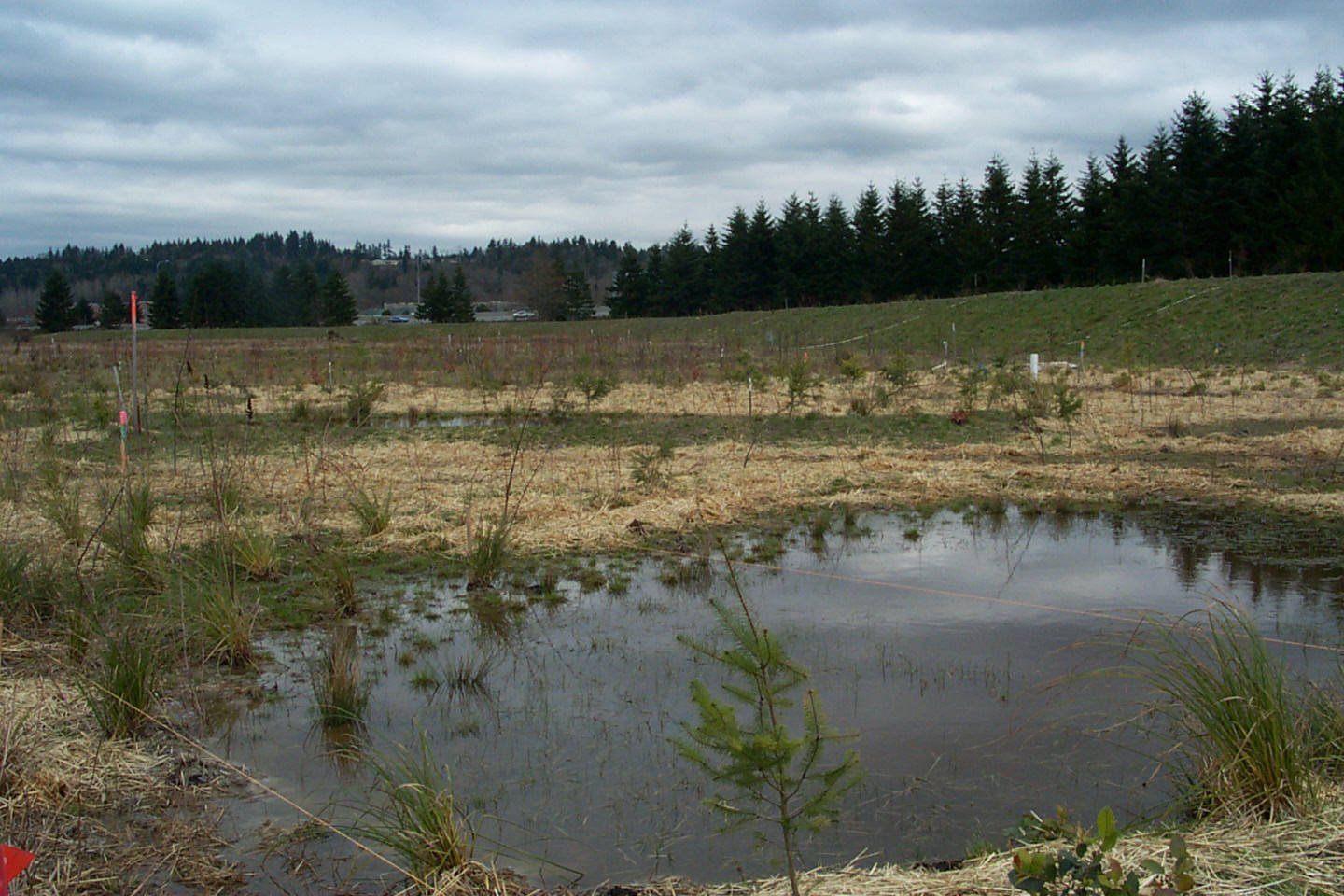
Water is the planet’s therapist, smoothing shocks and nursing broken systems back to health through wetlands, floodplains, and microbial guilds. Marshes and mangroves buffer storms, trap sediments, and store surprising amounts of carbon relative to their footprint, while seagrass meadows oxygenate water and shelter juvenile fish. In headwaters, amphibians and invertebrates process leaf litter into food for higher trophic levels, running a quiet triage that keeps streams from clogging and starving. Microbes cycle nitrogen and phosphorus with exquisite timing, preventing algal blooms when intact but fueling them when stressed by excess fertilizer and heat. Restoration projects that re-wet peat, reconnect rivers to their floodplains, or rebuild oyster reefs can rebound water clarity and biodiversity within a few seasons. Think of it as ecological physiotherapy: repeated, targeted movements that restore range of motion to whole watersheds.
Why It Matters

Framing ecosystems through elemental roles clarifies priorities for action in a world short on time and attention. Instead of a thousand disconnected problems, we see four essential functions – build, connect, regulate, heal – that can guide budgets, laws, and local projects. Traditional checklists and species-by-species plans remain vital, but a role-based view helps communities invest where returns compound: engineers that unlock habitat, pollinators that multiply reproduction, predators that steady feedbacks, and waters that store resilience. It also counters the false choice between charismatic megafauna and invisible microbes by showing how each holds a piece of the same mechanism. Educators report that students retain role-based lessons longer, and practitioners can map these roles onto metrics like carbon storage, crop yields, and fire risk. Most importantly, this lens respects complexity without letting it paralyze decision-making.
The Future Landscape
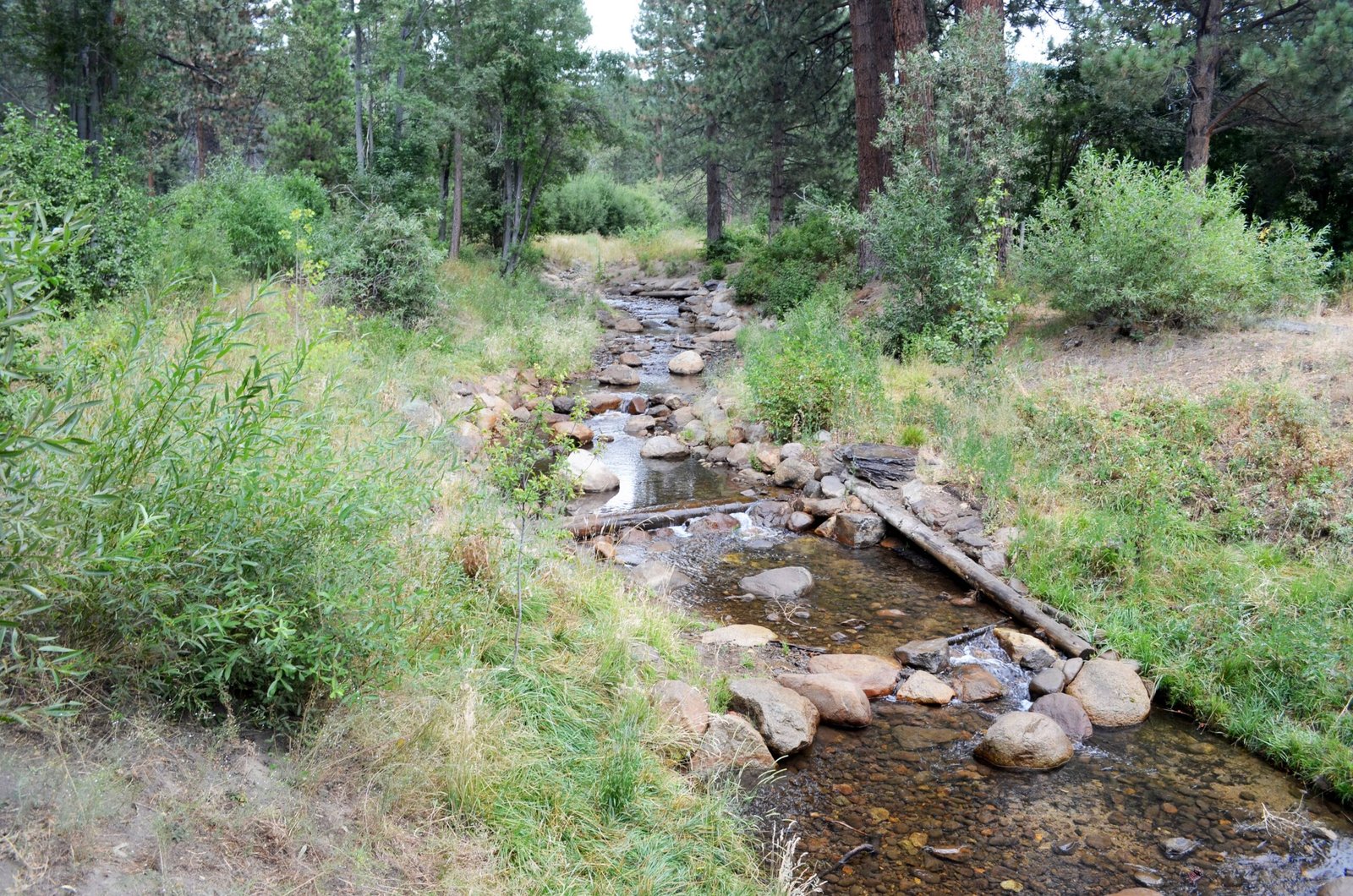
New tools are making these roles measurable at scales that used to be guesswork, turning metaphor into management. Environmental DNA is mapping who lives where from a bottle of water, AI bioacoustics is listening for bees and bats over entire counties, and satellites are tracking vegetation recovery after predator reintroductions and wetland restoration. Farmer-to-farmer networks are building pollinator corridors with native seed mixes, while cities are installing beaver-inspired flow devices and nature-based levees that cost less than concrete walls over the long run. Challenges remain: climate extremes can outpace recovery, invasive species rewrite the script, and funding swings threaten continuity just when patience is required. Yet pilot projects show repeatable wins when efforts target the core roles rather than scattershot lists, creating positive feedbacks communities can feel in water security, harvest stability, and reduced fire damage. The next decade will be shaped by how quickly we scale what already works and how honestly we monitor what does not.
Simple Ways to Engage

Start small and local by backing the four roles in your own neighborhood, then widen the circle. Plant native flowers and leave some messy edges to feed pollinators, shield night skies to reduce disorientation, and skip broad-spectrum pesticides that flatten the airborne community. Support wetland restoration groups, creek daylighting efforts, and reef-friendly coastal projects; even volunteer water-quality monitoring adds data to the healing side of the ledger. Advocate for coexistence policies that make predator recovery workable, from better livestock guarding to fair compensation and corridors that steer wildlife away from conflict. Where possible, push for beaver-smart planning and urban green infrastructure that lets water spread out and slow down rather than rush and destroy. If you track one habit, make it this: notice which local projects build, connect, regulate, or heal – and help the ones that do.

Suhail Ahmed is a passionate digital professional and nature enthusiast with over 8 years of experience in content strategy, SEO, web development, and digital operations. Alongside his freelance journey, Suhail actively contributes to nature and wildlife platforms like Discover Wildlife, where he channels his curiosity for the planet into engaging, educational storytelling.
With a strong background in managing digital ecosystems — from ecommerce stores and WordPress websites to social media and automation — Suhail merges technical precision with creative insight. His content reflects a rare balance: SEO-friendly yet deeply human, data-informed yet emotionally resonant.
Driven by a love for discovery and storytelling, Suhail believes in using digital platforms to amplify causes that matter — especially those protecting Earth’s biodiversity and inspiring sustainable living. Whether he’s managing online projects or crafting wildlife content, his goal remains the same: to inform, inspire, and leave a positive digital footprint.


